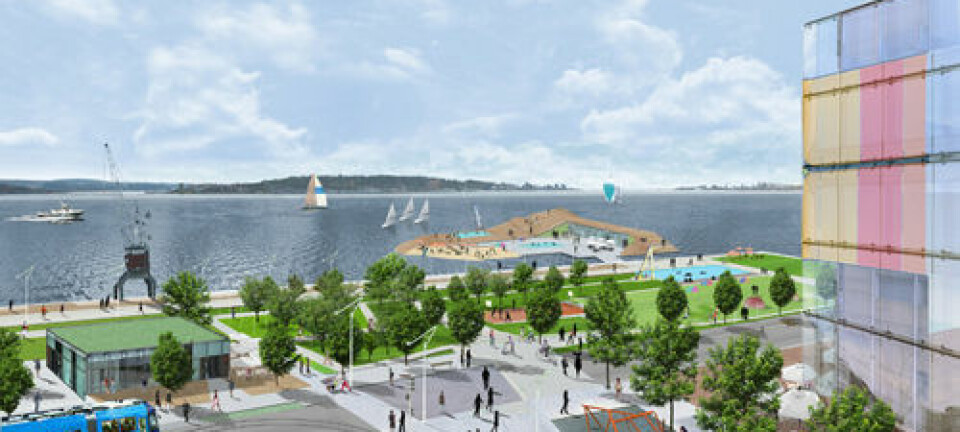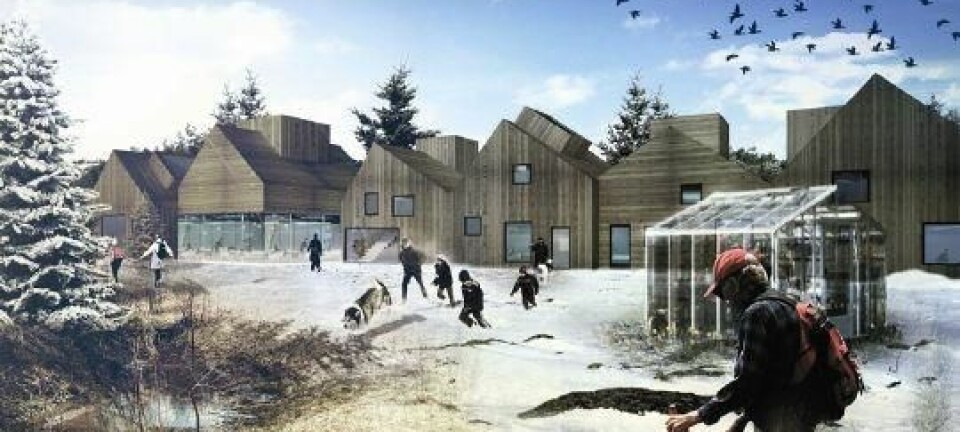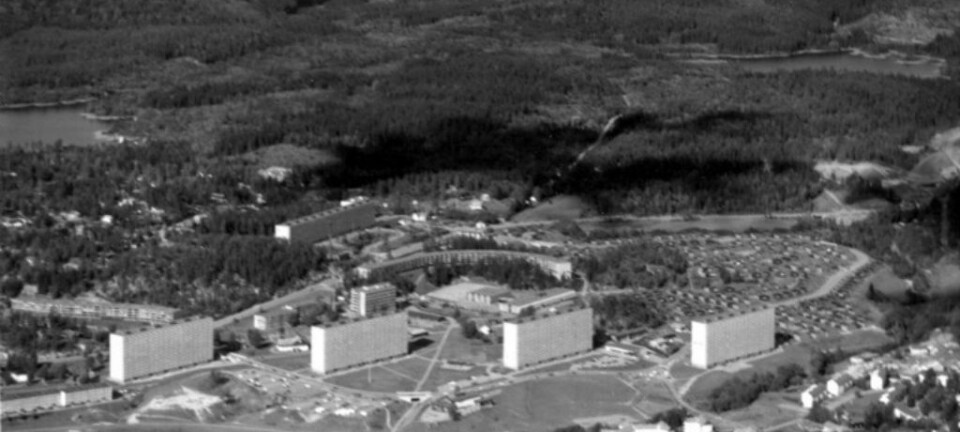
Cities will die if cars dominate
Cities continue to be planned with little comprehension or care for what makes them vibrant and attractive, says a renowned Danish architect.
Denne artikkelen er over ti år gammel og kan inneholde utdatert informasjon.
“In my profession we’re like performing artists who design buildings. We take a picture of the pretty edifice and dart off to the next project. We don’t return to ask people whether they are now better off.”
The man commenting on this tendency has spent the last 40 years breaking architectural traditions. Jan Gehl is an architect who has plenty on his plate, and on his mind.
“Architects compete in making spectacular monuments, buildings that look like sails or cucumbers,” said Gehl, alluding to the seven-star hotel Burj Al Arab in Dubai and “the Gherkin” in London.
“Architects plan cities with models.”
Brasilia illustrates the problem

Architects have a veritable bird’s-eye view when studying their models. The extreme example of such a perspective is Brazil’s capital, Brasilia.
The city looks like a bird from the air, with Government buildings forming the head and residences filling in the wings. But from street level the city consists of oversized and endless avenues, a wasteland for pedestrians.
“There’s a complete neglect of the scale that people find comforting. From my stance Brasilia is crappy. You can’t get anywhere on foot,” commented Gehl at the Euroscience Open Forum (ESOF) 2014 in Copenhagen in the end of last month.
Brasilia was planned in the 1950s by the modernist architect Oscar Niemayer. His idea was to build a model city designed to handle loads of auto traffic from the start.
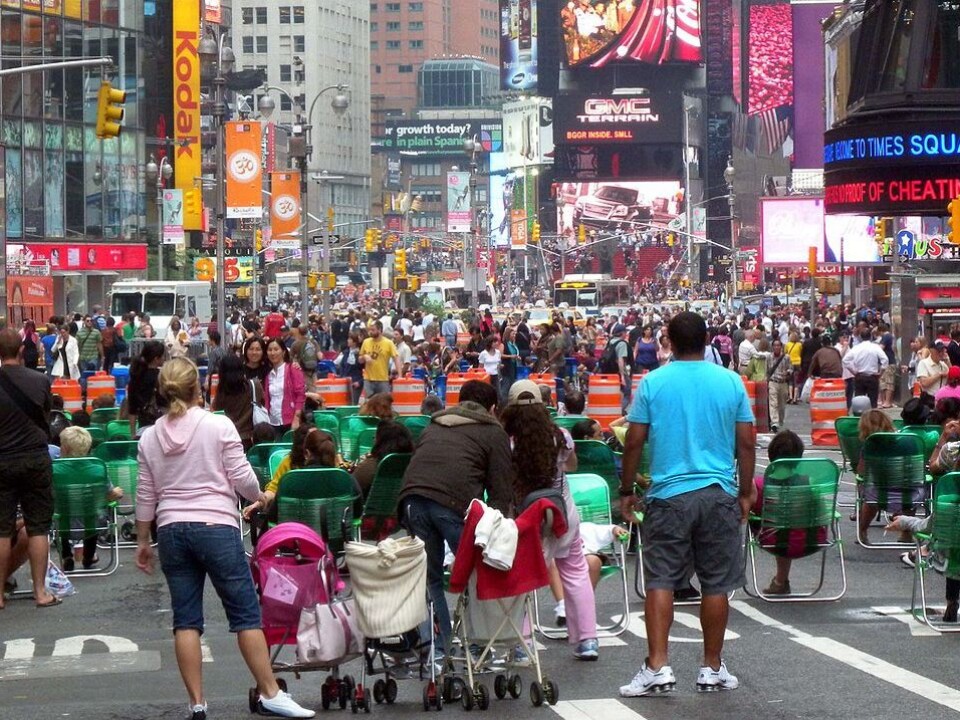
Brasilia has the world’s widest freeways, up to 12 lanes in each direction.
“Welcome to the dead cities, if we let cars dominate,” commented Gehl. He disparages at the way the ghost of Niemayer continues to possess architectural circles.
Hardly any research has been done on how architecture affects the residents of a city. Architects tend to get hung up in ideologies, swinging from one “ism” to another, according to Gehl.
Designs cities round the world
His involvement in urban development rocketed in 1971. This is when Gehl published his book Life Between Buildings: Using Public Space, based on what he calls his modest doctoral thesis.
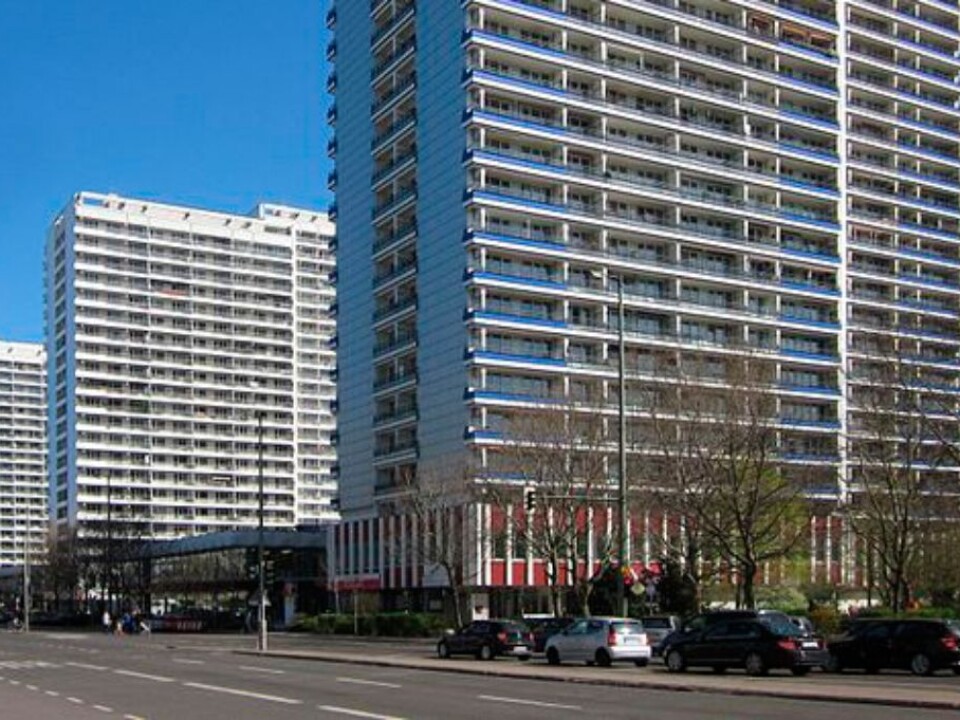
The book is still used by urban planners round the world when trying to make cities more humane and benign.
New York, London and Moscow are among the cities the Dane and his architectural firm have had an impact on.
“In the last five years, 500 kilometres of bicycle paths have been created in New York and car traffic has been closed in Times Square,” said Gehl.
Cars out of Copenhagen
However, at ESOF, Gehl talked mostly about the host city of the conference, his home town of Copenhagen.
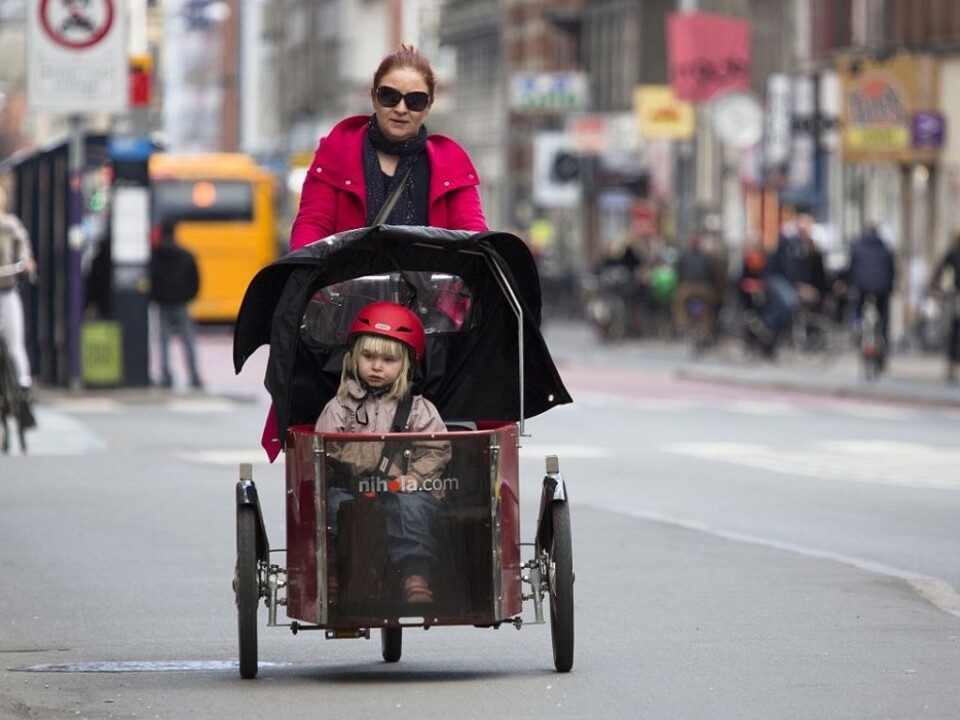
The pedestrian street Strøget is primarily his doing. It’s a prime example of how he spent years working to expel motor traffic to make way for pedestrians and bicyclers.
“Copenhagen has used 50 years in this process,” he remarked. In the course of these decades views about urban planning have changed fundamentally.
Vertical gardens
“Modernism dominated in the 1960s. Detached high-rises between streets and fields of grass were the ideal,” said Gehl.
He was a young architect then and had been well schooled in the modernist vernacular.
“The modernist ideal was called the city with the vertical gardens. After a while the grassy fields between the buildings were filled up with parked cars,” said Gehl.
A city for children
Now our growing cities have to be interested in people. They are forced to compete to attract inhabitants and businesses. Gehl has asserted for years that this means cities need to be planned around people, not around their cars.
“Children in Copenhagen learn to ride bikes when they are three or four and are as proud as peacocks when they get the hang of it,” said Gehl.
The bicycle is a child’s free ticket to the entire city. Bicycle paths and sidewalks make them safe on the streets, with no need for parents to shuttle them around.
“My grandchild can walk to school on sidewalks the whole way. The Mercedes Benz on the side street has to wait patiently for a chance to cross the sidewalks,” explained Gehl.
He insists that cities which are human-friendly are also environmentally friendly and they promote good health.
No kudos for architectural schools
The grass is still not all green in parts of Copenhagen. Modernism still hangs in there, according to Gehl.
“I’m not impressed with architectural education,” he commented.
Gehl said that research on the impact of architecture has entered the scene, but city dwellers and politicians are the ones who are most eager to implement changes – not architects.
------------
Read the Norwegian version of this article at forskning.no
Translated by: Glenn Ostling







